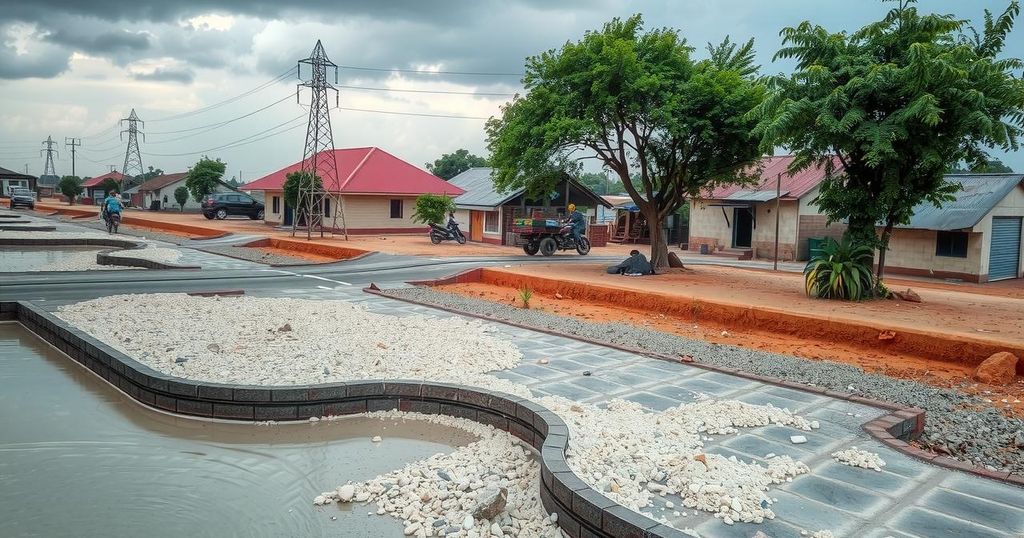Impact of Climate Change on Human Mobility in Chad: Insights from IOM Data

Climate change is increasingly affecting human mobility in Chad, leading to heightened displacement due to the worsening frequency of natural disasters. The IOM is working to collect essential data on population movements, though current tools offer limited insights on climate impacts on migration. This effort aims to inform better humanitarian responses for vulnerable communities in Chad.
The phenomenon of environmental change has emerged as a pressing matter, particularly in the Sahel region, where Chad is situated. This country is grappling with a rising frequency of natural calamities, including floods, droughts, and extreme temperatures, triggered by climate change. These conditions not only exacerbate existing vulnerabilities but also lead to displacement and conflicts that drive populations to migrate. Chad’s agrarian and pastoral communities are particularly affected, facing threats such as desertification and inconsistent rainfall, which jeopardize their livelihoods. The data regarding migration trends related to environmental changes in Chad remains limited, obstructing comprehensive analysis of these dynamics. However, the International Organization for Migration (IOM) is making strides in filling these informational voids through its Displacement Tracking Matrix (DTM), which systematically collects and assesses displacement-related data. This initiative enhances the understanding of the needs and vulnerabilities of affected populations, thereby enabling more targeted and effective humanitarian responses. While the tools used by IOM were not originally designed for assessing climate-related mobility, their application illustrates the urgent need for improved data collection on the intersections of environmental degradation, natural hazards, and human migration in Chad.
Chad stands as one of the most climate-sensitive regions globally, where environmental degradation poses severe threats to both human mobility and community livelihoods. As a land-locked country in Central Africa, it is particularly vulnerable to the impacts of desertification and water scarcity. The escalating patterns of extreme weather events like floods and droughts have heightened the stakes for its predominantly pastoral and agrarian populations. Migration has long been a characteristic of Chad’s demographic landscape; however, understanding the interplay between climate change and migration has proven challenging due to insufficient data. The IOM’s initiatives aim to bridge this knowledge gap, focusing on the gathering and analysis of data related to displaced populations.
In summary, the challenges posed by climate change in Chad are extensive and multifaceted, affecting not only the environment but also human mobility and socio-economic stability. The work of the IOM in collecting and analyzing displacement data plays a pivotal role in addressing these issues. By improving data availability and understanding the links between climate change and migration, stakeholders can enhance their response strategies, ultimately aiding vulnerable populations more effectively.
Original Source: reliefweb.int






